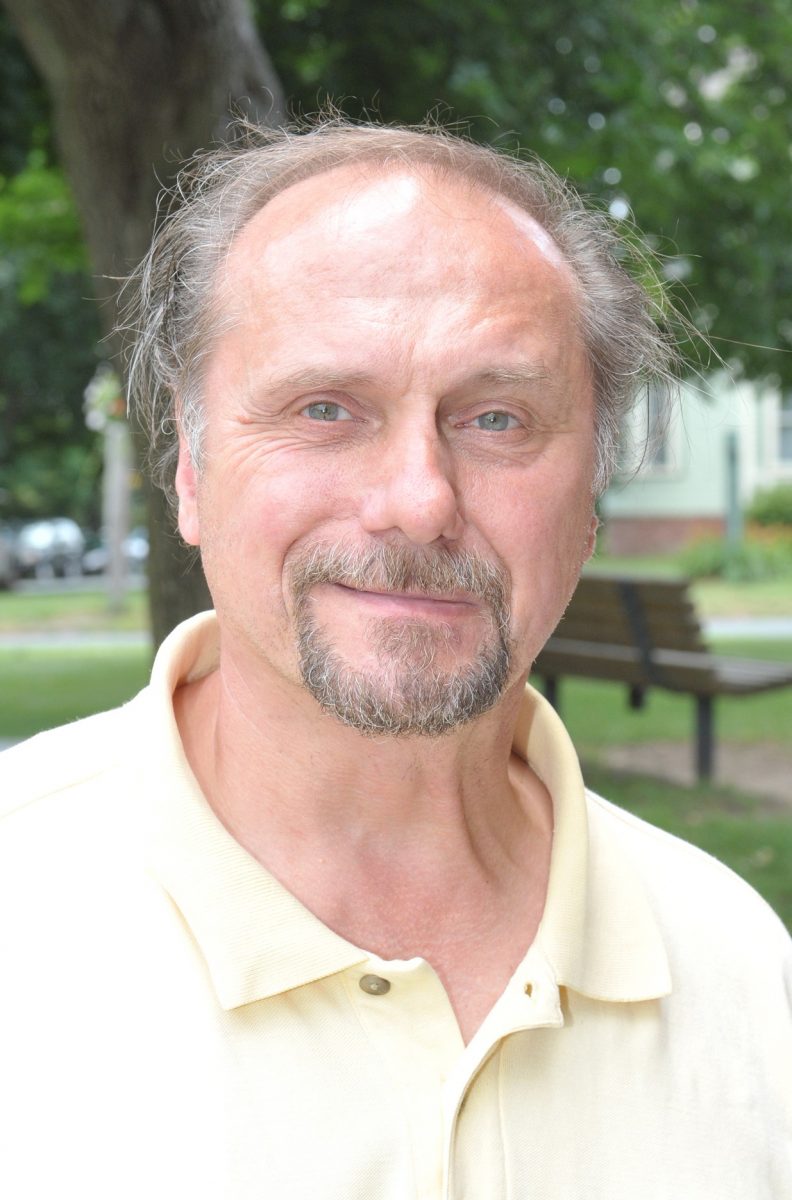WESTFIELD – The Legislative & Ordinance Committee will give positive recommendation tonight to the City Council to approve a “confirmatory order of taking of real estate for the purpose of continuing the Columbia Greenway by right of eminent domain.”
The committee discussed the issue last night with City Engineer Mark Cressotti who said that while the city holds two deeds for the land on which the rail trail, a former section of the Northampton-New Haven rail line, is located, there may be exposure to litigation contesting that ownership.
“The state Department of Transportation (DOT), which is funding construction of the Columbia Greenway, is concerned that others may contest that they have some interest in this property,” Cressotti said. “The DOT is recommending that the city (approve) a confirmatory taking just to be safe.”
Cressotti said the eminent domain taking process protects the city’s interest.
“There will then be no question of who holds title,” Cressotti said. “So anybody who might have a claim, does not have rights to the property, just a claim for financial rights.”
Cressotti said the DOT and city investigated the deeds now held by the city when the initial funding was provided to the city, but that the survey referenced in the original deeds are a century old and in some cases not clear. The confirmatory taking by eminent domain will clarify any ambiguity in the original deed, taking the former railroad land from the Southwick Line to the CSX railroad line in the Depot Square area.
The L&O members also discussed a broad issue defining and regulating use of the Columbia Greenway with Bob Pac, a representative of the Friends of the Columbia Greenway, Cressotti and Ward 2 City Councilor Ralph Figy, in whose ward much of the trail is located.
Cressotti said rail trails can be defined as both transportation corridors and linear parks and that either definition has benefits. Defining the trail as a transportation corridor means the city can use Chapter 90 funds for maintenance. The definition as a linear park would limit the use of the rail trail to the same restrictions and hours allowed for other city parks, which usually close at sunset.
Cressotti said that the two options to define the rail trail provide different enforcement tools for the city’s police department and that further discussion of those options is needed.
Pac said the city needs to “regulate and manage the rail trail” and suggested creation of an ad hoc committee work to generate regulations, such as no motorized vehicles allowed, that could be codified in the city’s Code of Ordinances.
The current ordinance, Chapter 11, Community Services; Article II, Public Parks; in general, already contains a list of prohibited activity, such as the possession or consumption of alcoholic beverages, a list that may need to be expanded to address concerns specific to a rail trail.
Pac suggested that the ad hoc committee include a City Council representative, Cressotti, a Police Department representative and a representative from the cycling community.
L&O member James R. Adams, an At-large Councilor, suggested that the committee look at regulations adopted in other communities which have had rail trails, and time to generate and modify those regulations.
“I’d like to see what Northampton has for regulation, or Connecticut. In both of those places they’ve had rail trails for some time,” Adams said.
L&O Chairman Brian Sullivan suggested that Figy serve on the ad hoc committee because a substantial part of the trail, the elevated portion, goes through the middle of Ward 2.
“We welcome the opportunity to partner with the City to establish guidelines governing use of the Columbia Greenway,” said Jeffrey J. LaValley, chairman of the board of directors
for the Friends of the Columbia Greenway Rail Trail (FOCGRT). “With leadership from Dr. Marijoan Bull, director of planning and development for FOCGRT, we have drafted language we believe is an excellent starting point for the City’s work on this issue. It is written to fit into the City’s existing ordinances.”


